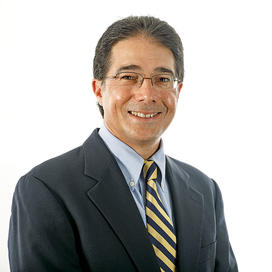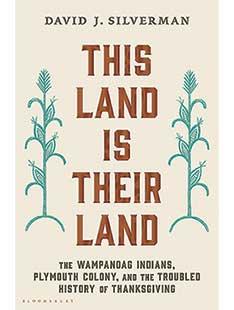
What are our misconceptions about the Indians and the Pilgrims?
The most fundamental one is that friendly Indians — they’re not named by tribe — welcomed the Pilgrims, so that the Pilgrims could launch the United States as a democratic, Christian model for the whole world. Yet at every single level that narrative is false. The Native people did have a name — they were the Wampanoags, and they reached out because they had just experienced a massive epidemic introduced by Europeans, which had decimated their population. And they were under attack by the Narragansetts and needed allies. They certainly never envisioned these newcomers creating a settler society that would displace them from the world.

What else have we gotten wrong?
There’s this notion that the Native people were frozen in a Stone Age existence before the [1620] arrival of the Mayflower. Native people had civilizations that had evolved over millennia, and they had a century or more of contact with Europeans before the Mayflower, which deeply informed their interactions.
This was not a lasting friendship. It was uneasy from the beginning. It almost degenerated into violence multiple times. By the second generation, the region descended into a bloodbath.
What about the first Thanksgiving?
It’s actually not all that important to the alliance. There was this shared meal [in the fall of 1621], but the English barely wrote about it at all. It’s a symbol designed to represent colonization as bloodless and to represent Native people consenting to their own colonization.
How were you able to discern the Native point of view?
It’s not easy. It’s important to note that there are entire categories of Wampanoag people whose voices aren’t represented whatsoever: women, the elderly, the very young. The Wampanoags with whom the Europeans were in contact tended to be politicians and military men and sometimes traders, who had principled disagreements and critiques that worked their way into colonial documents.
The Natives were so important to colonization. The Europeans’ safety, their economies, everything about their ventures hinges on their relations with indigenous people. So they’re paying very close attention, within the limits of their ethnographic blinders.
How would they like to see Thanksgiving commemorated?
Native people recognize that the Thanksgiving myth is nonsense, but it’s the one time of year when the public pays attention to them. I think it will take a massive reckoning for white Americans to confront what American history looks like with Native people at the center of it. It challenges almost every uplifting conception that Americans have of themselves and their country.
Interview conducted and condensed by Julia M. Klein











No responses yet